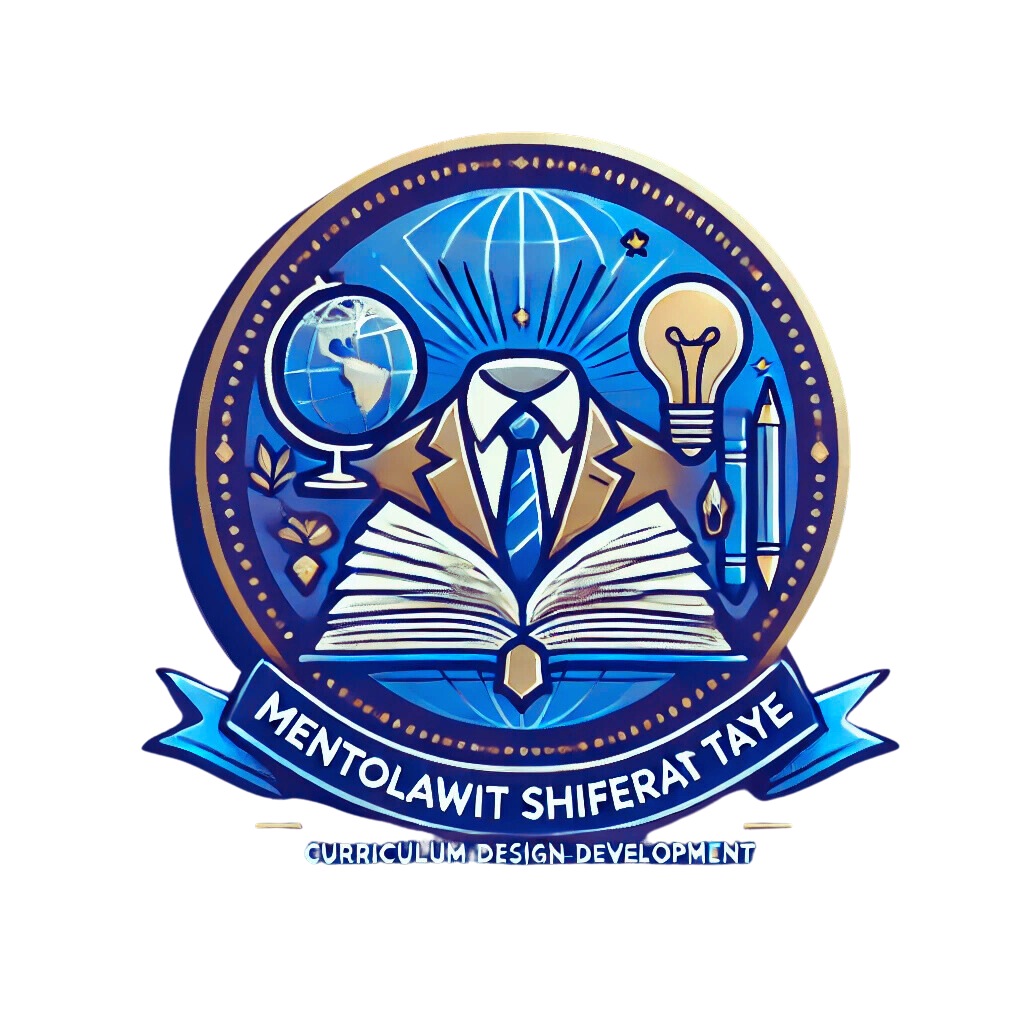Why SEL Deserves a Central Place in Curriculum Design
#SEL
Introduction: The Overlooked Element in Curriculum Writing
As an instructional designer working on an online course focused on Writing Across the Curriculum, I’ve been collecting insights from various professionals in the field. But it was a conversation with my sister -in – law; a close friend—Director of Student Wellness and Advocacy for Durham Public Schools that truly opened my eyes to a critical gap in curriculum development.
Too often, when we talk about curriculum writing, the focus is on academic subjects—language arts, math, science, social studies. The structure, standards, assessments, and learning objectives are all laid out meticulously. But something essential is frequently left out of the equation: Social-Emotional Learning (SEL).
The irony? SEL is the very foundation that supports all those other subjects. And when it’s neglected, the overall health of the school environment—and the students’ ability to thrive—suffers.
Why SEL Can’t Be an Afterthought
Social-Emotional Learning is more than just a trendy buzzword. It’s a critical component of education that addresses emotional maturity, psychological wellness, interpersonal skills, and personal growth. When schools fail to integrate SEL into the core curriculum, they miss out on the opportunity to address essential developmental needs.
Here’s what happens when SEL is treated as an afterthought:
✔ Emotional Maturity is Stunted: Without proper SEL integration, students are left to navigate complex emotions on their own, often leading to frustration, anxiety, or social withdrawal.
✔ Adolescents Lack Proper Guidance: As children grow into teenagers, their emotional needs become more nuanced. A curriculum that doesn’t address their social and emotional growth leaves a critical gap in their education.
✔ Psychological and Physiological Wellness Suffer: From managing stress to building resilience, SEL teaches skills that contribute to both mental and physical health. When ignored, it leaves students vulnerable to burnout, anxiety, and disengagement.
The truth is, SEL is not an “extra”—it’s essential.
Why SEL Belongs at the Center of Curriculum Design
When we think about curriculum writing, we should be asking ourselves: What is the end goal?
Is it simply to impart knowledge? Or is it to equip students with the skills and emotional resilience they need to thrive in all areas of life?
SEL addresses core areas that traditional academic curricula often miss:
✔ Self-awareness: Helping students understand their emotions, strengths, and areas of growth.
✔ Self-management: Teaching skills like impulse control, stress management, and goal setting.
✔ Social awareness: Building empathy and promoting an understanding of diverse perspectives.
✔ Relationship skills: Enhancing communication, teamwork, and conflict resolution.
✔ Responsible decision-making: Encouraging thoughtful, ethical, and practical decision-making.
Without these foundational skills, academic success alone is not enough. SEL is the glue that holds everything together—and it deserves to be treated as such.
Integrating SEL into Curriculum Writing
So, how do we ensure that SEL becomes a central part of curriculum design rather than a peripheral topic?
1️. Incorporate SEL Objectives Alongside Academic Standards: Every lesson plan should include not only content objectives but also SEL goals. What emotional, interpersonal, or decision-making skills should students be building as they engage with the material?
2️. Provide Professional Development for Teachers: Teachers need the tools and training to implement SEL strategies effectively. Schools should invest in ongoing SEL training to ensure integration is authentic and practical.
3️. Create Culturally Responsive SEL Resources: SEL must be inclusive. Ensuring that SEL materials reflect diverse experiences and perspectives is essential for making students feel seen and valued.
4️. Assess SEL Growth: Just as we assess academic progress, we should also evaluate SEL development. Providing feedback and growth opportunities for SEL skills should be part of the educational process.
Final Thoughts: Making SEL a Priority, Not an Afterthought
What I’ve come to understand through my conversations and research is that SEL is not a luxury—it’s a necessity. If we want students to thrive, we must place SEL at the center of curriculum writing, not treat it as a footnote.
It’s time for schools, curriculum developers, and instructional designers to take a serious look at how we approach SEL. Because without it, we’re not providing a complete education.
💡 How are you integrating SEL into your curriculum design? What challenges or successes have you experienced? I’d love to hear your thoughts.
#SEL #CurriculumDesign #SocialEmotionalLearning #EducationReform #InstructionalDesign

